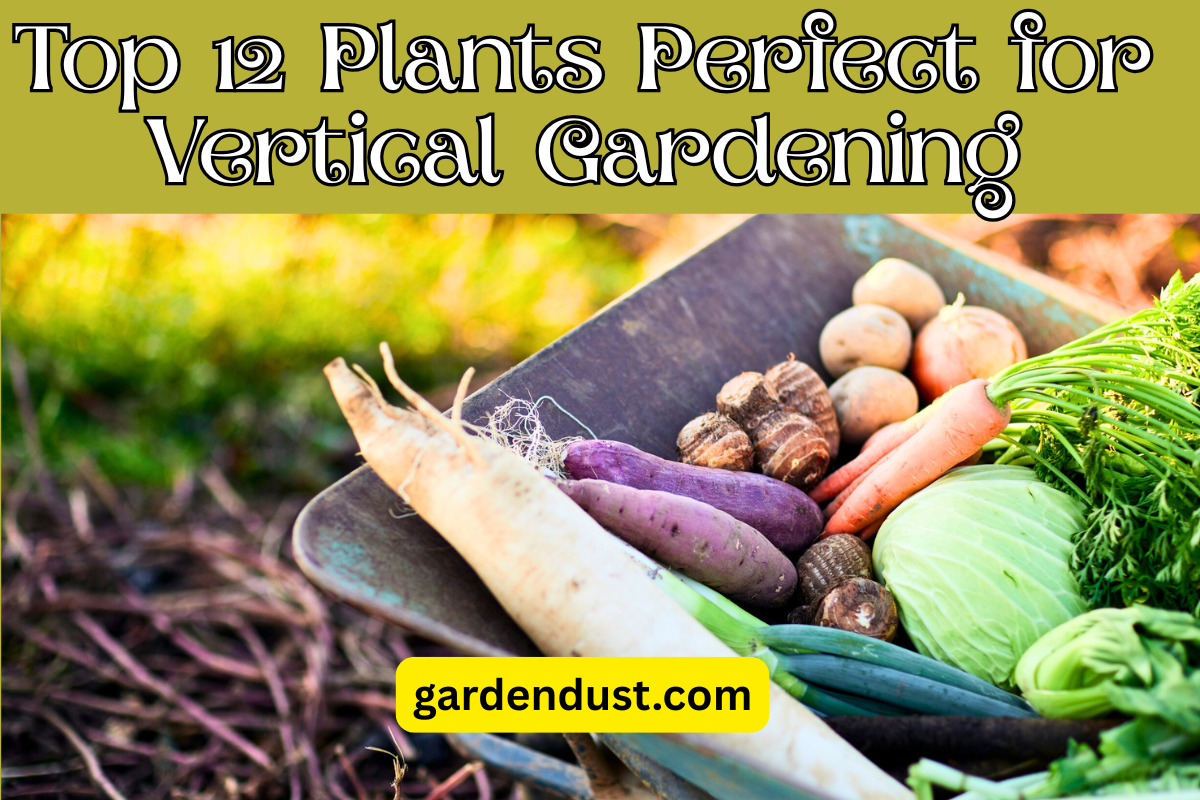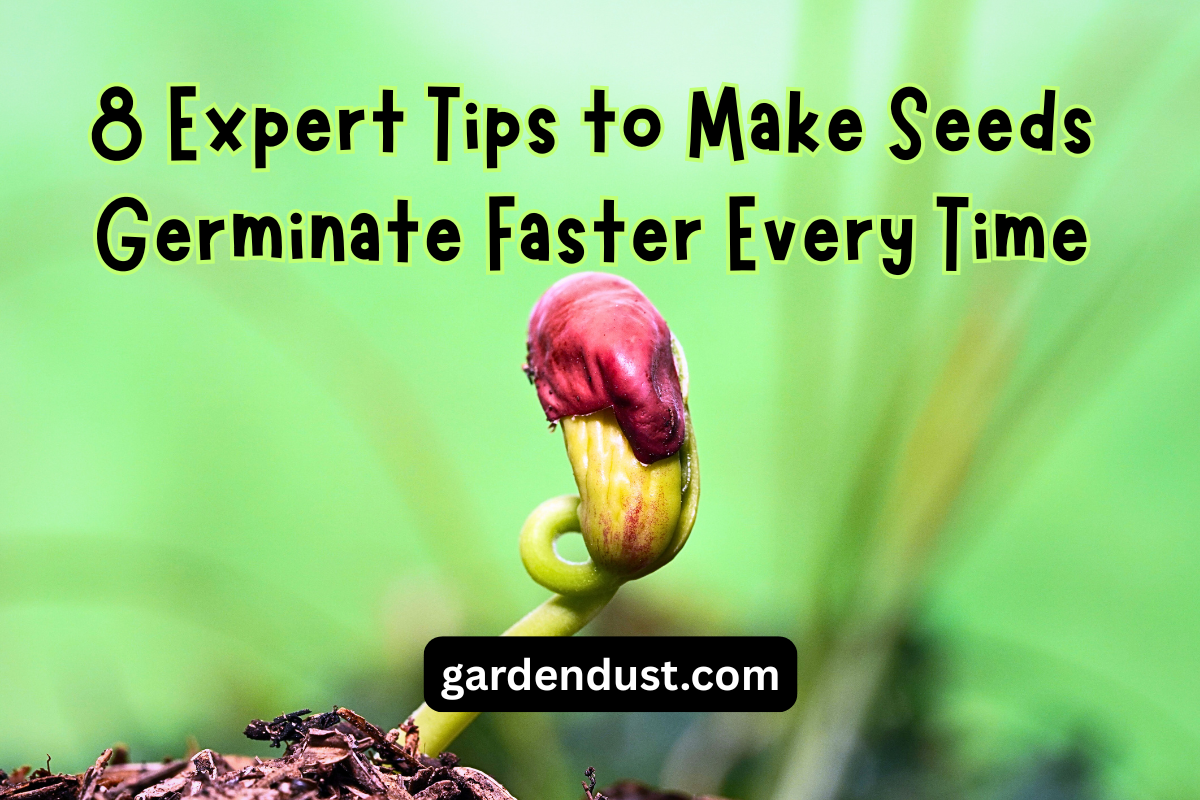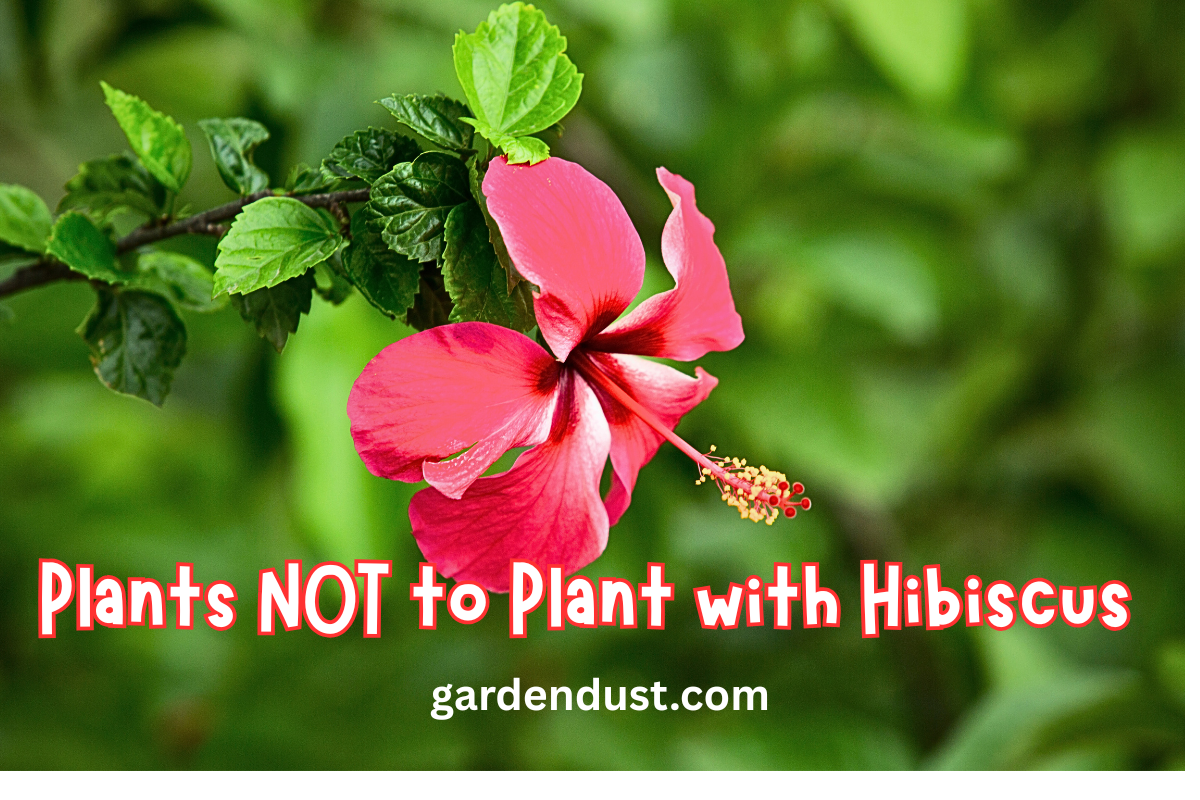Elephant Ear Plants
Complete Care & Growing Guide
Discover the tropical elegance of elephant ear plants, with their large, statement-making foliage that can transform any garden or indoor space into a lush paradise.
Introduction to Elephant Ear Plants
Elephant ear plants are tropical perennials known for their large, heart-shaped leaves that resemble an elephant’s ear. These dramatic foliage plants can grow from 3 to 10 feet tall, depending on the variety, and create a bold tropical statement in any landscape or container.
Native to tropical regions of Southeast Asia and the Pacific Islands, elephant ears belong to three main genera in the arum family (Araceae):
- Alocasia (upward pointing leaves)
- Colocasia (downward pointing leaves)
- Xanthosoma (similar to Colocasia but with different flowers)
These stunning plants have become increasingly popular for both outdoor and indoor growing, adding drama and a tropical feel to gardens, patios, and indoor spaces.
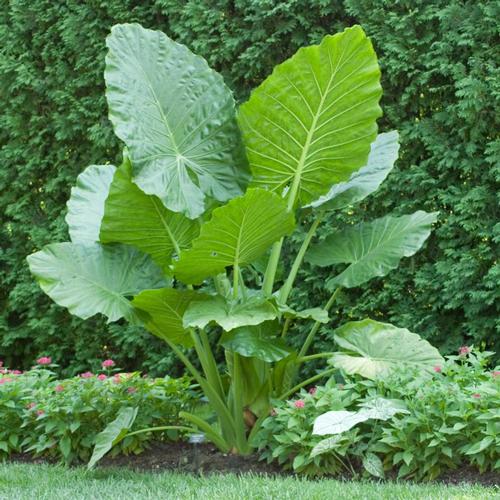
Different varieties of elephant ear plants showcase their distinctive foliage
Quick Care Summary
Light
Bright indirect to partial shade
Water
Consistently moist soil
Temperature
65-85°F (18-29°C)
Humidity
High (60-80%)
Soil
Rich, moist, well-draining
Fertilizer
Regular during growing season
Types of Elephant Ear Plants
There are three main genera of plants called “elephant ears,” each with unique characteristics:
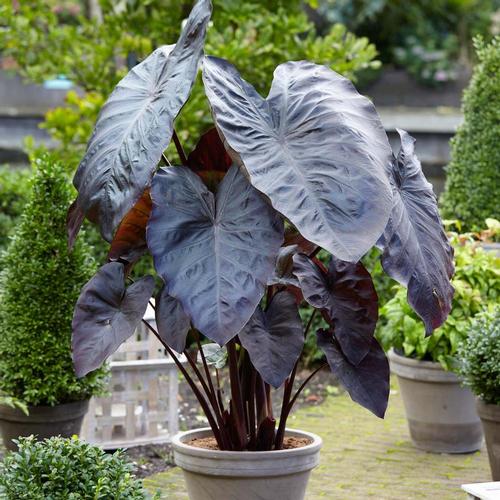
Colocasia
- Leaves point downward
- Prefer full sun to partial shade
- Love wet conditions
- Can grow in shallow water
- Popular varieties: ‘Black Magic’, ‘Mojito’, ‘Illustris’
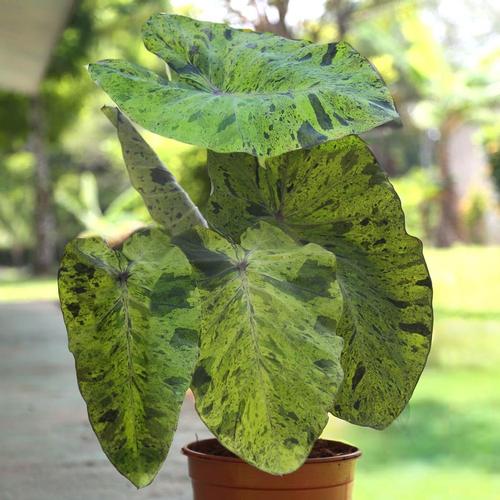
Alocasia
- Leaves point upward
- Prefer bright indirect light
- Need well-draining soil
- More sensitive to overwatering
- Popular varieties: ‘Polly’, ‘Amazonica’, ‘Regal Shields’
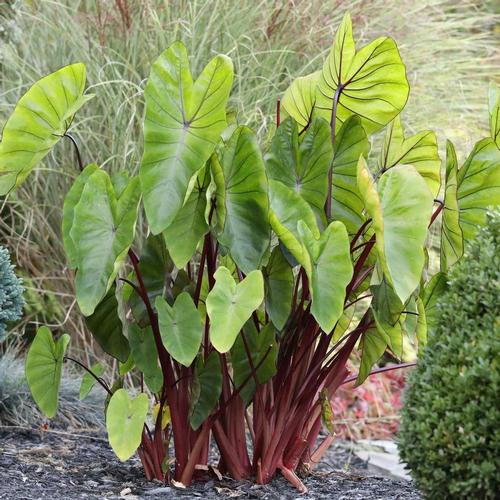
Xanthosoma
- Similar to Colocasia in appearance
- Typically larger leaves
- More drought-tolerant
- Often have lime-green or variegated foliage
- Popular varieties: ‘Lime Zinger’, ‘Albo-marginatum’
To easily identify your elephant ear variety, look at how the leaves are held: Colocasia points down (cupping), while Alocasia points up (praying). Xanthosoma has more heavily ribbed leaves with obvious veins.
Growing Requirements
Light Requirements
Outdoors: Partial shade to full sun (variety dependent)
- Colocasia varieties can handle more sun
- Alocasia prefer bright, indirect light
- Morning sun with afternoon shade is ideal for most varieties
- Protection from intense midday sun prevents leaf burn
Indoors: Bright, indirect light
- Place near an east or north-facing window
- Filter direct sunlight through a sheer curtain
- Rotate plant regularly for even growth
Water Needs
Elephant ears are moisture-loving plants that need regular watering.
- Keep soil consistently moist but not soggy
- Water deeply when the top inch of soil feels dry
- Colocasia can grow in boggy conditions or even shallow water
- Alocasia prefer more moderate moisture
- Reduce watering in winter for dormant plants
- Use room temperature water to avoid shock
Temperature & Humidity
Temperature: These tropical plants thrive in warm conditions.
- Optimal range: 65-85°F (18-29°C)
- Can be damaged below 50°F (10°C)
- Not frost-tolerant (except in USDA zones 8-11)
Humidity: High humidity is essential.
- Aim for 60-80% humidity
- Mist leaves regularly for indoor plants
- Use a humidifier in dry indoor environments
- Place pots on trays with pebbles and water
Soil & Fertilizer
Soil: Rich, moist, slightly acidic soil is ideal.
- pH range of 5.5 to 7.0
- Well-draining but moisture-retentive
- High in organic matter
- For containers: high-quality potting mix with added peat moss and perlite
Fertilizer: Regular feeding supports lush growth.
- Use a balanced, water-soluble fertilizer (10-10-10)
- Apply every 2-3 weeks during the growing season
- Reduce or stop feeding in fall and winter
- Alternatively, use slow-release granules in spring
Planting Guide
When to Plant
For a head start, you can plant elephant ear bulbs indoors in containers 4-6 weeks before the last frost date in your area.
How to Plant
- Prepare the soil: Incorporate plenty of organic matter like compost or well-rotted manure.
- Dig a hole: Make it twice as wide as the bulb/root ball and at the appropriate depth (4-6 inches for bulbs).
- Plant properly: Position the bulb with the growing point (concentric circles) facing up.
- Spacing: Allow 2-4 feet between plants, depending on variety.
- Backfill: Cover with soil and firm gently around the plant.
- Water thoroughly: Deep watering helps establish good root contact with the soil.
- Mulch: Apply 2-3 inches of mulch to retain moisture and suppress weeds.
Important Note
All parts of elephant ear plants contain calcium oxalate crystals, which are toxic if ingested. Wear gloves when handling to avoid skin irritation, and keep away from children and pets.
Container Planting
Container growing is ideal for elephant ears, especially in colder climates or for indoor cultivation:
- Container size: Choose a pot at least 16-18 inches in diameter with drainage holes.
- Potting medium: Use high-quality potting mix with added perlite for drainage.
- Planting depth: Cover the bulb or root ball with 2-3 inches of soil.
- Container placement: Position in bright, indirect light or morning sun.
- Water needs: Container plants dry out faster and may need more frequent watering.

Elephant ears thrive in large containers, making a dramatic statement
Ongoing Care
Routine Maintenance
Pruning
- Remove yellow or damaged leaves at the base using clean, sharp scissors or pruners
- Cut old or spent leaves to encourage new growth
- Clean tools with alcohol between cuts to prevent disease spread
Cleaning
- Wipe dust from leaves occasionally with a damp cloth
- Large leaves can collect dust that blocks light absorption
- Clean both upper and lower leaf surfaces
Support
- Larger varieties may need staking to prevent damage from wind
- Use bamboo stakes and soft plant ties
- Position stakes carefully to avoid damaging roots
Seasonal Care
Spring & Summer
- Increase watering as temperatures rise
- Begin regular fertilizing schedule
- Monitor for pests as growth increases
- Provide afternoon shade in extremely hot areas
Fall
- Reduce watering and stop fertilizing
- Prepare to dig up tubers in zones colder than 8
- Begin acclimating container plants to indoor conditions
Winter
- In zones 8-11: Apply mulch for winter protection
- In colder zones: Store tubers in a cool, dry place (45-55°F)
- For indoor plants: Reduce watering; maintain humidity
- Watch for spider mites and other pests on indoor plants
Overwintering Elephant Ears
In Cold Climates (Zones 3-7)
- After first frost, cut back foliage to 2-3 inches above soil.
- Carefully dig up the tubers without damaging them.
- Shake off excess soil and allow to air dry for 1-2 days.
- Dust with fungicide powder to prevent rot (optional).
- Store in breathable containers with slightly damp peat moss, vermiculite, or sawdust.
- Keep in a cool, dark place between 45-55°F (7-13°C).
- Check occasionally for rot or shriveling.
- Replant after all danger of frost has passed in spring.
For Container Plants
You have two options:
- Move to a bright location with temperatures above 55°F (13°C)
- Reduce watering but don’t let soil completely dry out
- Growth will slow significantly or may go dormant
- Follow the same steps as for garden plants
- Allow soil to dry in container before carefully removing tubers
- Clean, dry, and store as described above
Propagation Methods
Elephant ear plants can be propagated in several ways, with division of tubers being the most common and reliable method:
Division of Tubers/Rhizomes
Best timing: Spring before planting or fall after digging up for winter storage.
Identify divisions: Look for natural separations in the tuber or offsets with their own growth points.
Separate: Use a clean, sharp knife to cut through the tuber, ensuring each section has at least one eye/growth point.
Treat cuts: Allow cut surfaces to callus over for 24 hours. Dust with fungicide powder to prevent rot (optional).
Plant: Set each division in prepared soil with the growth point facing up, at the correct depth (4-6 inches).
Aftercare: Water thoroughly and maintain moist soil until new growth appears.
Offsets/Pups
Identification: Look for baby plants (offsets) growing around the base of the mother plant.
Timing: Wait until offsets are well-established with their own roots and at least a few leaves.
Separation: Carefully dig around the offset and separate it from the mother plant, ensuring it has its own roots.
Potting: Plant the offset in a small pot with appropriate soil mix, or directly in the garden.
Aftercare: Keep the soil consistently moist and provide bright, indirect light until established.
Some elephant ear varieties, particularly Alocasia, can be propagated in water from stem cuttings with nodes:
- Cut a healthy stem with at least one node (where leaves attach to the stem)
- Place in clean water, ensuring the node is submerged
- Change water every few days to prevent rot
- Once roots are 1-2 inches long (typically 3-4 weeks), plant in soil
- Keep extra moist for the first two weeks to help transition from water to soil
Note: This method is less reliable than division but can work for certain varieties.
Common Problems & Solutions
Yellow or Brown Leaves
- Overwatering or poor drainage
- Underwatering
- Low humidity
- Temperature stress
- Natural aging (older leaves)
- Check soil moisture and adjust watering
- Improve drainage if soil remains soggy
- Increase humidity with misting or a humidifier
- Move plant away from drafts or temperature extremes
- Remove old leaves cleanly at the base
Leaf Burn/Crispy Edges
- Direct, harsh sunlight
- Very low humidity
- Fertilizer burn
- Inconsistent watering
- Move to a location with filtered light
- Increase humidity around the plant
- Flush soil to remove excess salts
- Dilute fertilizer or reduce frequency
- Maintain consistent watering schedule
Pests
- Spider mites (fine webbing, stippled leaves)
- Aphids (clustered on new growth)
- Mealybugs (white cottony masses)
- Scale (hard bumps on stems/leaves)
- Wipe leaves with insecticidal soap solution
- Apply neem oil for persistent infestations
- Increase humidity (deters spider mites)
- Isolate affected plants to prevent spread
- For severe cases, use appropriate systemic insecticide
Diseases
- Root rot (wilting despite moist soil)
- Leaf spot diseases (circular spots)
- Fungal blight (large brown areas)
- Bacterial infections (wet-looking lesions)
- Improve air circulation around plants
- Avoid overhead watering
- Remove affected leaves promptly
- For root rot: repot in fresh soil after removing rotted parts
- Apply appropriate fungicide for fungal issues
Not Growing/Stunted
- Insufficient light
- Not enough nutrients
- Pot bound/too small container
- Cool temperatures
- Move to brighter location (still protected from harsh sun)
- Implement regular fertilizing schedule
- Repot into larger container with fresh soil
- Ensure temperatures remain above 65°F (18°C)
No New Leaves
- Dormancy period (normal in winter)
- Insufficient light
- Nutrient deficiency
- Root issues
- Be patient during winter dormancy
- Increase light exposure
- Resume fertilizing in spring
- Check roots for health and repot if necessary
- Ensure temperature is warm enough for active growth
Frequently Asked Questions
Yes, all parts of elephant ear plants contain calcium oxalate crystals, which are toxic if ingested. Contact with sap can also cause skin irritation in sensitive individuals. Always wear gloves when handling these plants and keep them away from children and pets.
Yes, elephant ear plants can be grown indoors as houseplants year-round. They prefer bright, indirect light, high humidity, and temperatures between 65-85°F (18-29°C). Regular misting and proper watering are essential for indoor growth. Smaller varieties like Alocasia ‘Polly’ are better suited for indoor cultivation.
Size varies greatly by variety. Smaller varieties may reach only 2-3 feet in height and spread, while larger varieties like Colocasia gigantea can grow up to 6-8 feet tall with leaves spanning 3-4 feet. Container growing typically restricts size somewhat compared to garden planting.
In USDA hardiness zones 8-11, elephant ears will return year after year from the same tubers. In colder zones (3-7), they must be dug up in fall and stored over winter, then replanted in spring. Treated as annuals in cold climates, they’ll grow new from stored tubers each year when properly overwintered.
Under optimal conditions (warm temperatures, high humidity, consistent moisture, and fertility), elephant ears grow quite quickly. From planting to mature size takes about 3-4 months. Growth is most rapid during warm summer months and slows or stops during cooler periods.
It’s generally recommended to remove flower stalks (spadices) as they appear, which redirects energy back to foliage production. However, the flowers are unusual and interesting, resembling calla lily flowers, so you may choose to leave them for ornamental interest if desired.
Drooping leaves usually indicate a watering issue. Underwatering causes wilting, while overwatering leads to yellowing and drooping. Other causes include low humidity, temperature stress, or transplant shock. Check soil moisture first, then look at environmental factors like humidity and temperature.
Colocasia varieties can grow in shallow water or very boggy conditions. They can be planted directly in pond margins with the crown just above water level. Alocasia varieties prefer well-draining soil and are not suitable for aquatic growing.
Design Ideas & Landscape Uses
Landscape Applications
- Focal Point: Use a large specimen as a dramatic central feature in a garden bed or container arrangement.
- Tropical Effect: Combine with other tropical plants like cannas, bananas, and gingers for a lush jungle-like atmosphere.
- Poolside Planting: Their moisture-loving nature makes them perfect additions around water features.
- Shade Gardens: Brighten shady areas with lighter-colored varieties that pop against darker backgrounds.
- Containers: Use smaller varieties in decorative pots on patios, entryways, or as indoor specimens.
- Rain Gardens: Their love of moisture makes them excellent candidates for areas that collect rainwater.
- Screening: Taller varieties create seasonal privacy screens or hide unsightly areas.
Companion Plants
Elephant ears pair beautifully with these complementary plants:
For Sun to Part Shade
- Caladiums (smaller cousin with colorful leaves)
- Cannas (tall, dramatic flowers)
- Coleus (colorful foliage contrast)
- Begonias (textural contrast)
- Hibiscus (tropical flowers)
For Shadier Areas
- Hostas (complementary leaf shapes)
- Ferns (delicate texture contrast)
- Heucheras (colorful groundcover)
- Impatiens (bright flowers)
- Astilbes (feathery flowers)
For Container Groupings
- Trailing sweet potato vine (Ipomoea)
- Persian shield (Strobilanthes)
- Cordyline or Dracaena for vertical accent
- Creeping Jenny for cascading effect
- Torenia or Calibrachoa for continuous flowers
Final Tips for Success
Beginner Tips
- Start with easier varieties like Colocasia esculenta (taro) or Alocasia ‘Polly’
- Use containers for easier maintenance and winter protection
- Monitor soil moisture carefully—too wet or too dry conditions are common causes of problems
- Keep a consistent watering schedule rather than letting soil dry completely between waterings
- Provide protection from strong winds that can damage large leaves
- Start with smaller specimens and watch them grow—they’ll expand quickly in the right conditions
Advanced Grower Tips
- Experiment with rarer varieties with unique colors and patterns
- Try vertical growing systems for dramatic height displays
- Create custom soil mixes with increased moisture retention for optimal growth
- Implement foliar feeding with diluted liquid fertilizer for faster results
- Use supplemental grow lights for indoor specimens during winter months
- Track leaf counts and sizes to optimize growing conditions over time
- Consider hybridizing different varieties for unique specimens (requires patience and space)




